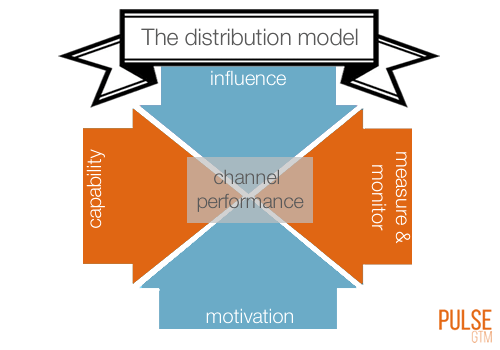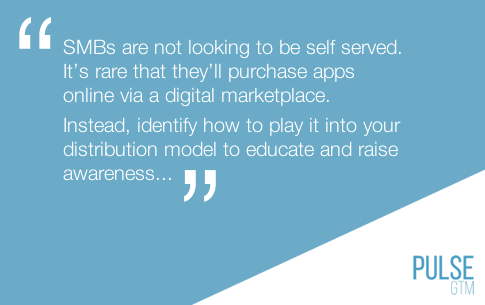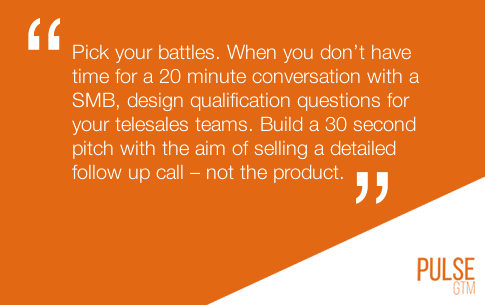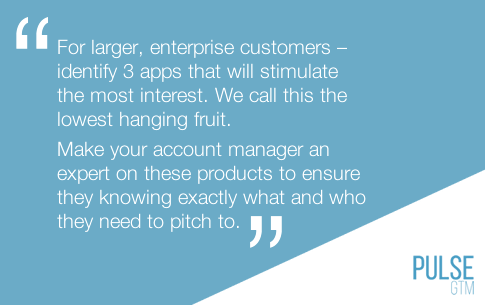Getting it right with SaaS: How successful telcos get their channels to perform
Discovering new revenue streams for telcos can be challenging. However, we’ve found that by offering SaaS solutions alongside product and data plans, telcos can start to combat this solution, delivering more value to their business customers and increasing their stickiness.
More telcos are recognising this, yet time and time again we’re seeing them take the wrong path when implementing their Go-To-Market strategy. This round-up from Pulse GTM (our experts in SaaS consultancy), looks at the approach telcos should take in order to optimise their sales channels for success. If you think it’s useful, check out the full webinar here to find out how our partners Google Cloud and Vodafone Australia are getting their sales channels to perform or register here for our upcoming webinar Getting it right with SaaS: An expert guide to selling Microsoft O365.
There are 4 key elements to support your success
- Channel capability: your staff need to have the skills and knowledge to articulate the value of your products to customers
- Influence: the level op priority places on your distribution channels is crucial. Exerting influence through your management onto frontline teams will ensure the right level of focus
- Measure and monitor: you need a robust model for measuring the performance of each channel
- Motivation: Motivate your sales force to ensure the product set is consistently introduced to customers
Your digital channels
Our experience tells us your digital channels are unlikely to make up more than 5% of your overall sales.
- However, the importance of your digital channels should not be underplayed
- Digital channels are key in the early stages of the buying journey to educate and drive awareness
- Use them to compliment your face to face, human touch sales
Build the right distribution model for each customer segment
- Micro / SoHo & small SMBs work best with a combination of existing and digital channels
- For more complex products and customers, use your existing channels to drive awareness and invest in specialist teams to stimulate the sales conversations (we call these Tier 2 teams)
- For enterprise level customers making big IT transformations with SaaS products then complex solution support is often needed (we call these Tier 3 teams)
- Consider subcontracting your SI or ISV partners to help deliver the value chain
Developing capabilities
- Build a small pilot team and work intensively with them for 6-8 weeks. This works as a safe environment for them to work through initial issues and challenges and build confidence
- Use a top down bottom up approach for targets. Agents work to meet team goals but the head of channel is fully accountable for delivering that result
- Get team leaders on the floor, getting regular feedback from agents. This way they know the company is actively helping them achieve targets
- A robust reporting model is integral. Get support from an experienced partner to gather benchmarks and see if your teams can and are performing to those level
When it comes to motivation, use the carrot and the whip approach
Avoid hearing quotes like this from your sales agents…
- “I’m measured on the sale of apps, but I’m not making any money from selling it”
- “The bonus I get on selling apps is great…but if I don’t meet my KPIs I might lose my job”
Start with SaaS targets in a separate bucket – but build a long term plan to change how those targets are structured.
Build a business case…
Consider how moving to the cloud impacts churn, stickiness and net promoter score.
As a result of their ever-changing needs, they are likely to shift to higher value plans…
Listen to the full webinar here for our detailed insights and best practices, or register here for our upcoming webinar: Getting it right with SaaS: An expert guide to selling Microsoft O365







